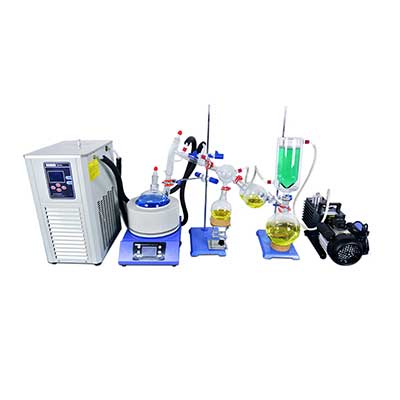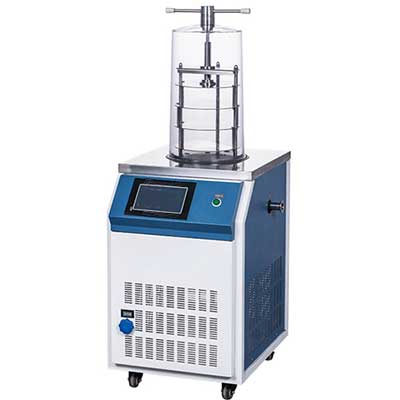-
WhatsApp
-
Email
Short path distillation equipment is one of our main products, the Capacity includes: 2L short path distillation, 5L short path distillation, 10L short path distillation, 20L short path distillation.
The conditions for short-path distillation are:
1.The partial pressure of the residual gas must be very low so that the mean free path length of the residual gas is a multiple of the distance between the distiller and the condenser surface.
2.Under saturation pressure, the mean free path length of steam molecules must be the same order of magnitude as the distance between the evaporator and the condenser surface.
Short path distillation has the following characteristics:
1. Ordinary distillation has bubbling and boiling phenomena; the molecular distillation process is free evaporation on the surface of the liquid layer without bubbling.
2. Ordinary distillation is carried out at the boiling temperature, and molecular distillation can be carried out at any temperature. As long as there is a temperature difference between the hot and cold sides, the separation can be achieved.
3. The separation factor representing the separation ability of ordinary distillation is related to the ratio of the vapor pressure of the component, and the separation factor representing the separation ability of molecular distillation is related to the ratio of the vapor pressure and the molecular weight of the component, and can be obtained from the relative evaporation speed.
4. Ordinary distillation is a reversible process of evaporation and condensation. The liquid phase and the gas phase can form a phase equilibrium state; while in the molecular distillation process, the molecules escaping from the evaporation surface directly fly to the condensation surface without collision with other molecules. In theory, there is no possibility of returning to the evaporation surface, so the molecular distillation process is irreversible.
Precautions when using short-path distillation:
1. Check whether the cooling water inlet and outlet valves are normally opened and the pressure is within the normal range.
2. Check whether the inlet and outlet valves of the cooling water of each component are in an open state.
3. The equipment is heated by hot oil, and the surface temperature of the outer heating body is relatively high. Do not touch it with your hands to avoid burns.
4. Check whether the ethanol in the low-temperature thermostat is sufficient.
5. Pay attention to whether the liquid nitrogen in the liquid nitrogen tank is sufficient.
6. Check whether the connection between the cold well and the equipment is airtight.


















